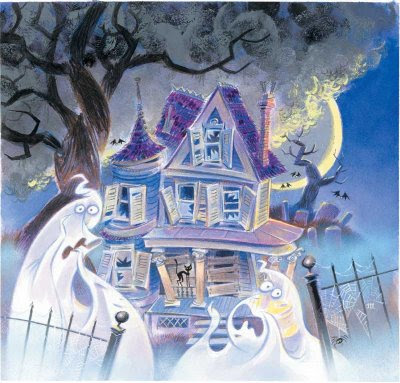User Stories
 User Stories are a simple way of capturing user requirements throughout a project - an alternative to writing lengthy requirements specifications all up-front.
User Stories are a simple way of capturing user requirements throughout a project - an alternative to writing lengthy requirements specifications all up-front.User Stories are derived from XP (extreme programming), however they can just as easily be used for requirements gathering in any agile development methodology, or indeed in any home-grown development process.
A User Story is a simple statement about what a user wants to do with a feature of the software, written from a user's perspective. A User Story should not use technical jargon or state design goals. User Stories should be written in business language that is understandable to all.
A User Story should focus on the who, what and why of a feature, not how.
For example, on a job site, two high-level User Stories might be:
- As a job seeker, I want to search for a job, so I can advance my career.
- As a recruiter, I want to post a job vacancy, so I can find a new team member.
As a [user role], I want to [goal], so I can [reason].
Some people may consider the third part of the construct to be unnecessary. However I think it's good to state the user's motivation for using the feature, because:
(a) it gives clarity as to why a feauture is useful;
(b) it can influence how a feature should function;
(c) it can give you ideas for other useful features that support the user's goals.
At the start of a project, capture an initial list of User Stories up-front. In Scrum this would be the initial Product Backlog. This feature list is useful for estimating and planning. But defer capturing all the details until the story is prioritised and due to be developed in the next Sprint or iteration.
In meetings with users (or user representatives), users will often tell stories about the failings of their current system or process. Or they might tell stories about how they see things working better in future. Try capturing these stories as User Stories. On cards. While you're in the meeting. As they are told.
In traditional development projects, these stories often aren't captured as they are told, they're captured in a lengthy analysis process and captured in a lengthy document; a format that isn't particularly user friendly.
Using User Stories, you might be surprised just how easy it is to leave a meeting with users, with their key requirements already captured.






















15 January 2008 04:00
I would like to use nine boxes tool for user stories building. More can be read here: http://dnicolet1.tripod.com/agile/index.blog?from=20071120
and here in russian: http://news.kg/?p=215
15 January 2008 10:27
It can also be useful to keep pushing the "so that"s to achieve a hierarchy of aims. c.f. Coverdale. Sometimes these can completely change one's perspective on the task in hand.
E.g. as a user I want to receive email alerts of new jobs SO THAT I don't have to keep back in the site for new jobs SO THAT I can save time job seeking. AND SO that I am first to know about jobs as soon as they are posted... SO THAT
... which could lead one to other, more effective solutions - e.g. RSS
16 January 2008 08:41
I also like to include the detriment as you can assess value during the planning game with the customer.
[As as][I want][So that:Benefit] [If I don't:detriment]
25 August 2008 21:51
Stories sounds like a key concept but your example doesn't sound helpful at all for estimating.
You said: As a job seeker, I want to search for a job, so I can advance my career.
Now search can be as simple as simple text search.
It could be more complicated with say with filters on experience required, skill required, location.
It could have sorting on the results; sorting could be on any one of 10 possible job attributes.
With such a wide variation of the simple "As a job seeker, I want to search for a job, so I can advance my career." How can that be useful to generate an estimate?
I think it is useful for the customer to speak as much as they like about the story. It wouldn't hurt if they said: "As a job seeker, I want to search for a job, so I can advance my career. I should be able to search by location, by skill, by experience, by salary, by keywords. All the results must fullfill all my criteria."
Wouldn't that be more useful?
29 December 2008 09:11
@Nash:
Epic is the solution to the problem that you have mentioned. An epic is like a user story but on a very high level. Many user stories may fall under one epic.
29 December 2008 14:50
Thank you Hssaroch! I will look into Epics for sure. I'd love to know if you have a handy link.
1 January 2009 23:15
I wrote a brief blog post about epics here:
https://agile-software-development.com/2008/01/thats-not-user-story-thats-epic.html
Kelly.
13 March 2009 14:41
Been using User Stories for a while and almost always get confused, only now I know they call it "Epic"..